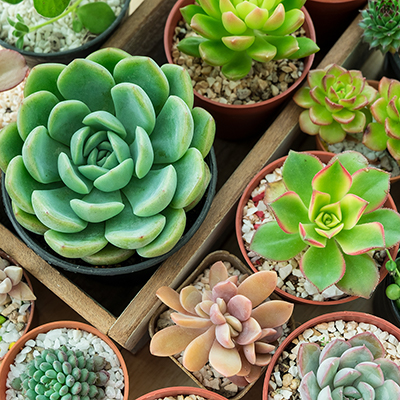How to Care for Orchids

Last updated September 7, 2023
A single orchid bloom brings instant elegance to any room with its eye-popping, vibrant color. Orchids are remarkably easy to maintain indoors. They provide a bounty of floral beauty once you learn the best way to keep them happy and healthy. Read this guide to learn how to care for orchids and get tips for making the most of their blooming season.
Difficulty:
Beginner
Duration:
Under 2 hours
Table of Contents
Types of Orchids
Caring for Orchids Indoors
Care for Orchids From the Roots
Orchid Bloom Cycle
Caring for Orchids in Bloom
Caring for Orchids After They Bloom
Types of Orchids
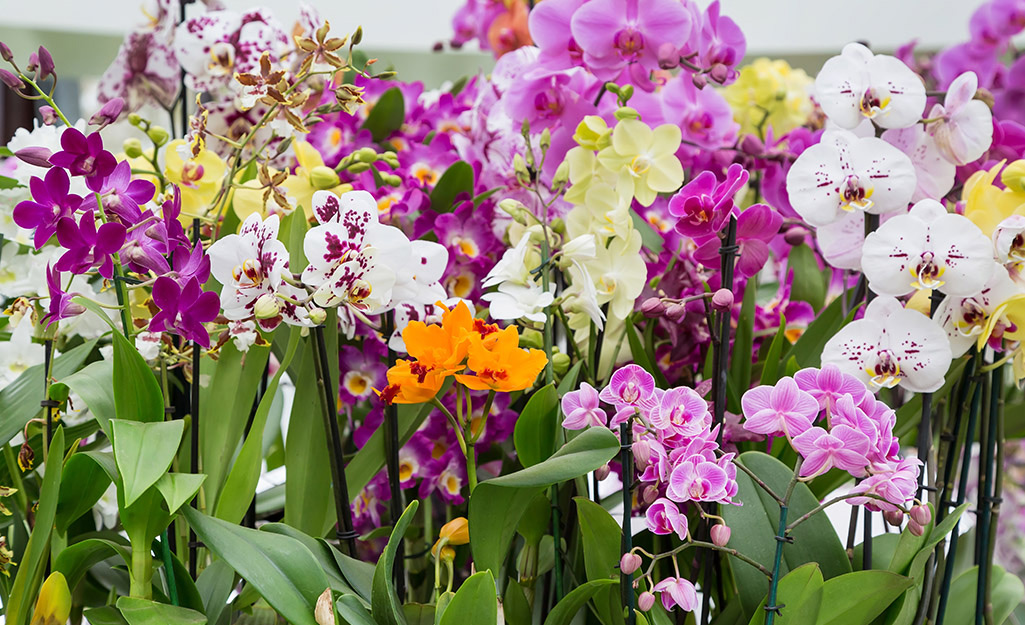
Orchids are one of the largest families of flowering plants. There are more than 28,000 species and over 100,000 hybrids. Orchids are available in an array of colors and stripes. Most are perennial epiphytes. This means they grow naturally when anchored to trees. Orchids derive moisture and nutrients from the air and rain.
Many orchids bloom once or twice a year. Their flowers can last 30 to 45 days. Depending on the type, an orchid plant can live years, even decades. The most common orchids found in the home include Phalaenopsis (moth orchids), Dendrobium, Cymbidium (boat orchids) and Cattleya.
Caring for Orchids Indoors

Being tropical plants, orchids prefer warm temperatures between 60 and 80 degrees Fahrenheit. Avoid drafts, cold spaces, rooms with sudden temperature drops and hot air vents.
Orchids flourish in air that is 50 percent humidity or above. They can do well in moist places such as by a kitchen window. The water from the sink provides extra humidity.
Tip: Lower humidity levels can lead to leaf and bloom problems. To increase the humidity, place the plant over a gravel tray filled with water.
Care for Orchids From the Roots
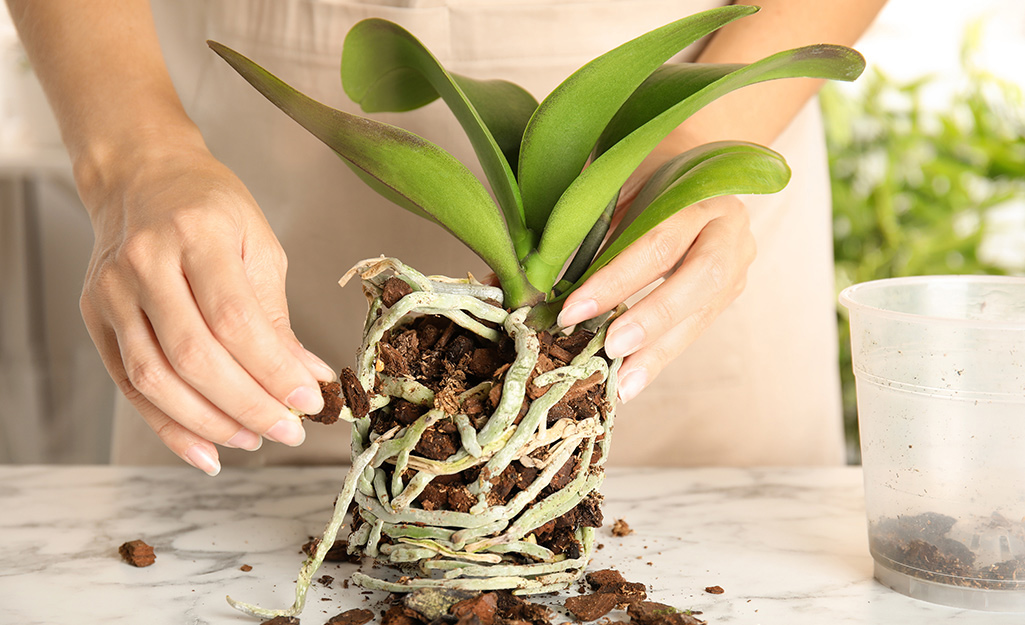
Taking care of orchids is easy when you know more about their elaborate root system. Orchid roots are long and don't branch out in the typical indoor plant way. Healthy roots are white to green in color. They are firm to the touch.
Orchids like to grow in sphagnum moss or a unique potting mix of gravel, plant-dried fibers, bark and other chunky components. These growing mixes allow for more air to circulate on an orchid’s unusual roots. Orchids should have pots with large holes for good drainage.
Plan to water the orchid every 7 to 10 days. Test the condition first by pressing a finger down into the moss or potting soil mix. A dry finger indicates a dry plant. Run water through the orchid's pot. Then drain it thoroughly. Wipe any splashed water off the leaves.
Tip: If an orchid’s roots are always bright green, then they are being overwatered.
Orchid Bloom Cycle
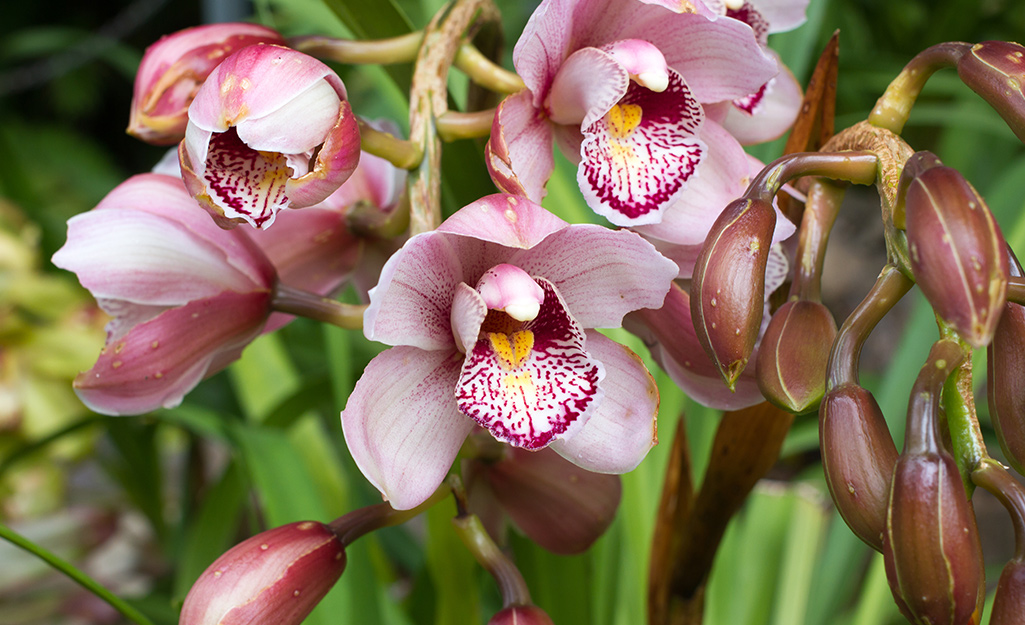
The bloom is the most dramatic part of an orchid’s life cycle. Blooms occur once a year, typically in the winter, and can last for several months. Fertilizing the orchid regularly during the warmer months will help prepare it for the bloom cycle.
Water orchids more frequently in humid or hot conditions and less often in cooler or drier conditions. Many orchids rest in winter, so use less water than in spring and summer. Apply a water-soluble orchid fertilizer when watering your plant. Follow the manufacturer’s instructions for the correct dilution and application rate.
Caring for Orchids in Bloom

With a few simple tips, you can enhance and even extend orchid blooms:
- Keep the temperatures below 85 degrees Fahrenheit.
- Maintain a consistent watering schedule.
- Avoid suddenly moving the plant's location, that can impact its accustomed light or temperature.
- Some orchids can re-bloom by cutting off the spike 1/2-inch below a node and monitoring the plant for 2 to 3 months.
- Do not repot an orchid that is in bloom.
- Larger orchids often require extra support for the long stems that turn into the blooms. Insert a stake in the potting media, and gently attach small clips to support the stem as the blooms begin to emerge.
Caring for Orchids After They Bloom
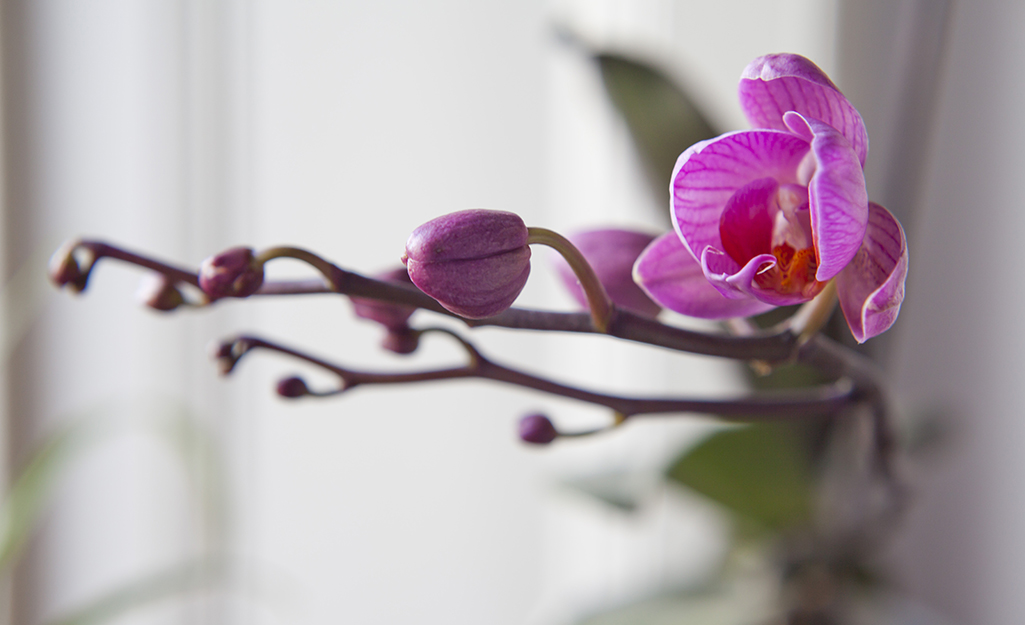
After the bloom cycle is over, the blooms will wilt and fall off the orchid. The spike may turn brown. Once-glossy leaves may lose luster, and mature leaves may turn yellow.
The orchid may not look healthy, but it is. It is simply in a natural resting period. This dormancy puts the orchid in rebuilding mode. During this time, it is strengthening its root system to grow new leaves. In a few months, the orchid will be ready for the next growth burst and bloom cycle.
Repotting Orchids
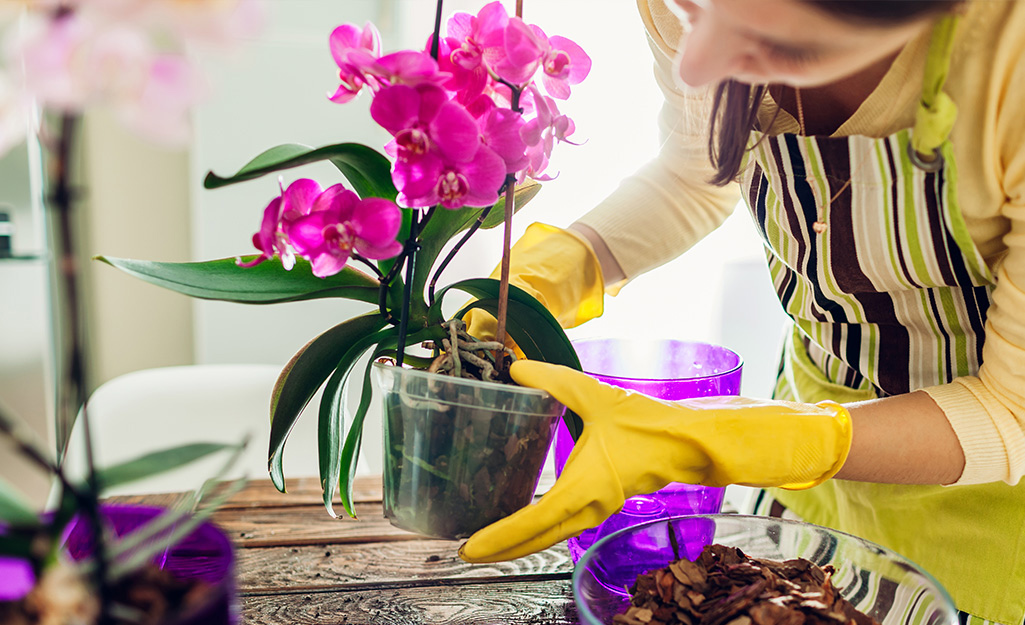
Eventually, the orchid's roots will outgrow its pot. Or the natural potting media will break down between your fingers. Old mix retains more moisture over time. This increases the chance for the orchid to become waterlogged, so the roots may begin to rot.
Plan to repot your orchid every 1 to 2 years in a new container that is 1 to 2 inches larger than the existing pot. You will get an idea of the right size planter needed for a new container by examining the dimensions of its now-larger root system.
- Put the orchid plant and pot into a bucket of water for 10 to 15 minutes.
- Remove the plant from the container. Use clean pruners or scissors to trim off old roots. Remove dried or yellowing leaves. Pry away any potting media attached to the roots.
- Position the root mass into the new container.
- Add potting media up to the lower leaves. It should rest just above the lip of the pot.
Orchid Care Tips
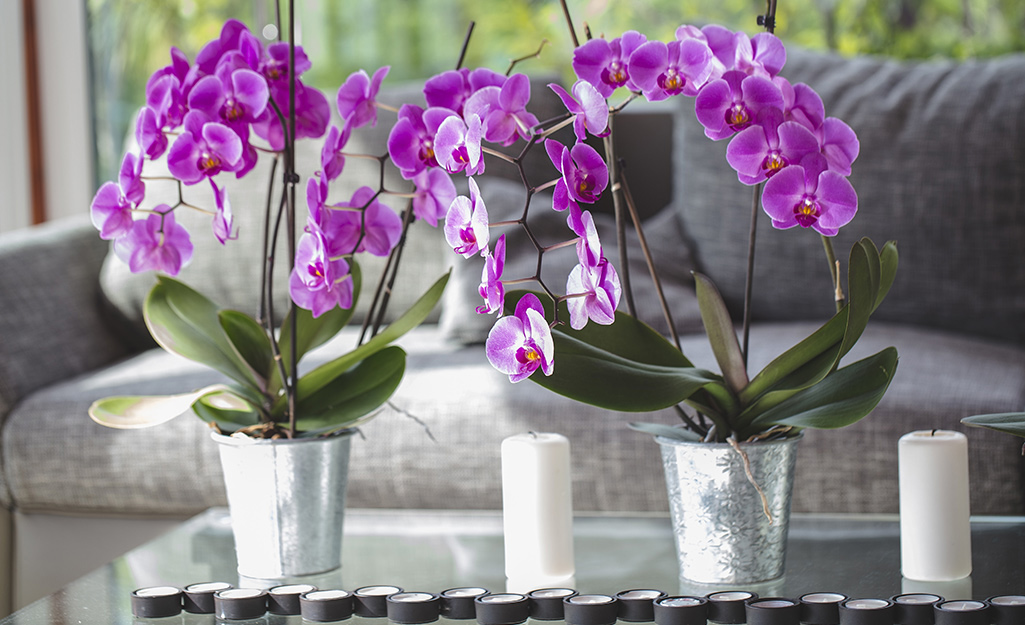
- Orchid leaves can get dusty. Wipe them gently with a soft cloth.
- Orchid pests included spider mites, scale and mealy bugs. Inspect plants regularly. Treat with an insecticide made for orchids.
- Try unusual planters and arrangements with orchids to emphasize their unique look. Put one or several on a plant stand or table for a pretty display.
Most orchids bloom once or twice a year. The flowers can last 30 to 45 days. Depending on the type, an orchid plant can live years, even decades. Keep the orchid plant in a comfortable, humid environment. Repot the orchid when the roots start to grow through the holes. Show off your orchids. Use a decorative container as unique as they are.
Ready to plant? Use The Home Depot Mobile App to locate products and check inventory. We'll take you to the exact aisle and bay.



